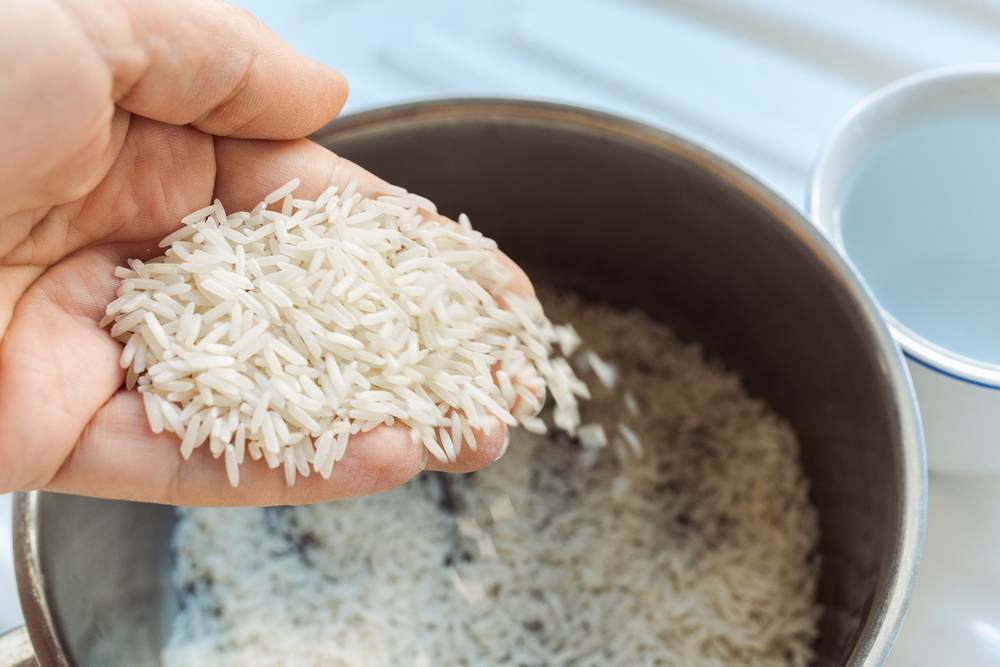Japan’s Rice Economy Under Strain from Tourism and Climate
Others are reading now
Rice isn’t just food in Japan. It’s part of daily life, culture, and even history.
For centuries, rice was used as money and a symbol of wealth. It shaped Japan’s old feudal economy.
Even today, rice represents something deeper than just a meal. It’s a link to the land, to tradition, and to the idea that Japan can feed itself.
But this symbol of strength is now facing a major problem. Rice prices have doubled in the last year. In Tokyo, prices have gone up by 90%, reports El Economista.
Also read
It’s the biggest jump since records began in 1971. Across Japan, the trend is the same.
Restaurants and families are struggling. Supermarkets are raising prices every week.
The government has stepped in. It released 210,000 tons from the national rice reserves. That has never happened before.
There are several reasons for the crisis. First, demand is up. Tourism in Japan is booming.
That means more meals served in restaurants, and most of those meals include rice.
Second, last year the government warned of a possible mega-earthquake. That led to panic buying.
Many people stocked up, just in case. Third, bad weather has hurt rice harvests.
And fewer young people are choosing to farm. The countryside is aging, and there aren’t enough new producers.
Some families are eating less rice to save money. Others are buying cheaper rice from overseas.
This is new for Japan, which usually protects its rice farmers with very high import taxes.
One imported bag of rice can cost almost eight times more because of those rules.
Now, things may start to change. The crisis is making people think. If foreign rice is cheaper and still good, why not buy it?
If rice prices stay high, more voices may call for Japan to open up its market.
For now, the rice crisis continues. It’s more than just a food issue. It’s shaking one of the foundations of Japan’s national identity.


